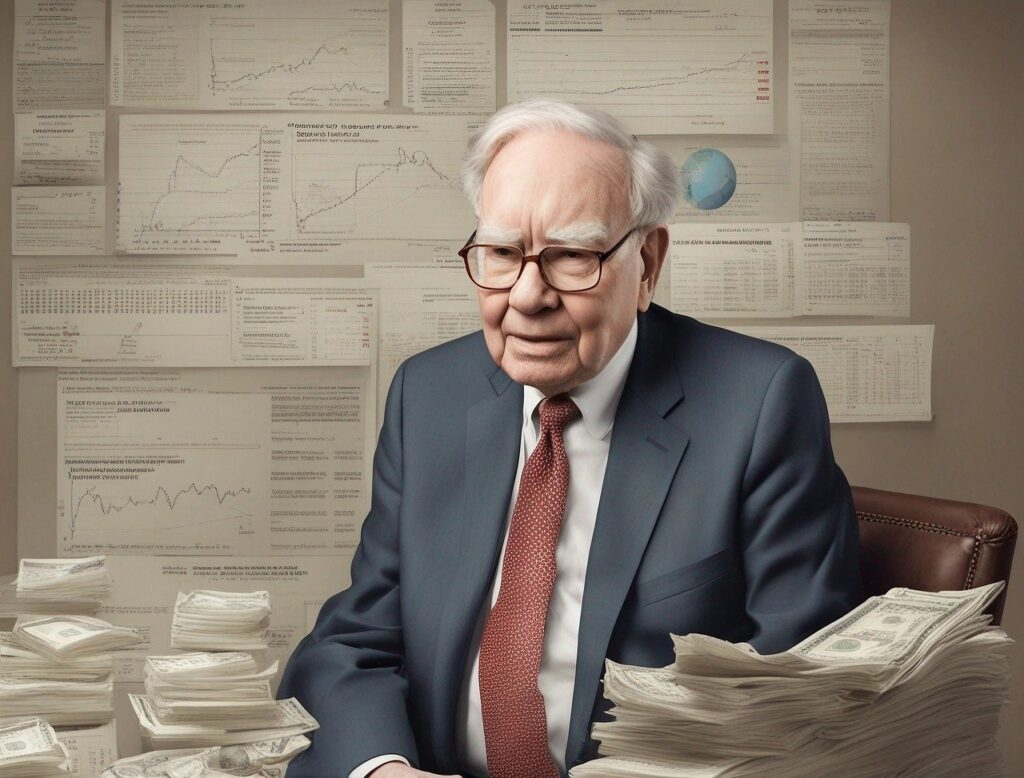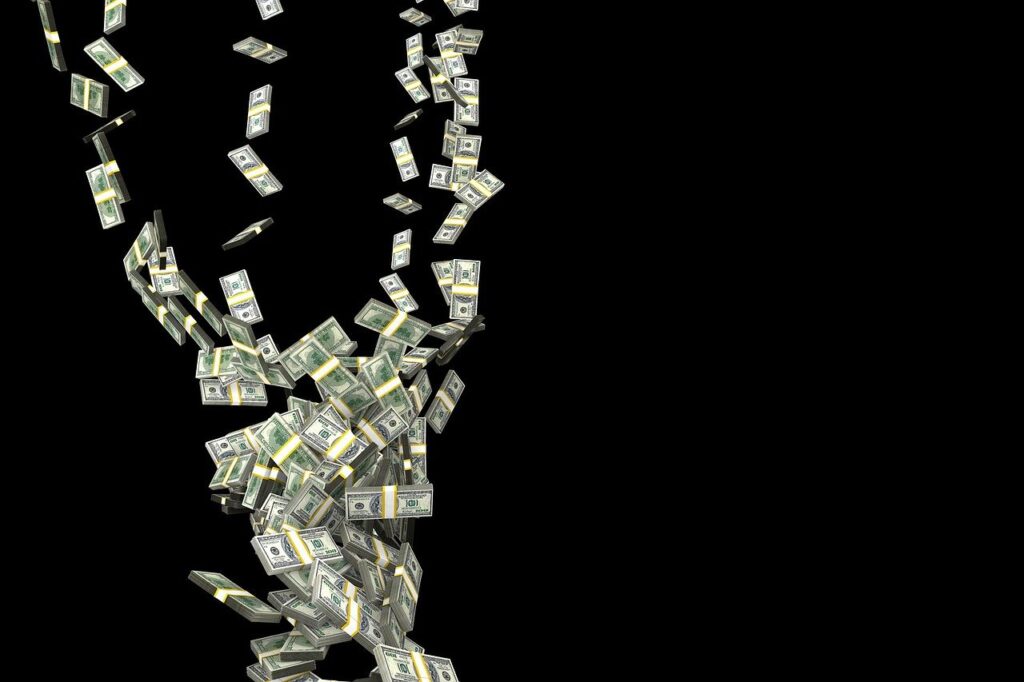The Collapse of the Big Banks: Introduction
This article, “The Collapse of the Big Banks, Part 2,” continues from my previous piece titled “2008 Financial Crisis, Part 1.”
In the earlier article, we discussed laws passed in the ’90s, such as
the Community Reinvestment Act of 1977, amended in 1995,
which aimed to combat discrimination against lower-income home borrowers.
In 1999, President Bill Clinton passed the GLBA Act,
repealing key provisions of the Glass-Steagall Act of 1933.

With these fundamental forces at play, Wall Street capitalized
on the opportunity by creating Collateralized Debt Obligations (CDOs).
In my previous article, I explained that a CDO works
like three cascading trays: the top tray being the least risky,
the middle tray moderately risky, and the bottom tray the riskiest.
Problems that Followed the Use of CDOs: Financial Crisis
As mentioned, CDOs were inherently risky because they mixed prime loans
with subprime loans. Before diving into the ensuing horror,
let’s consider the perspective of the institutions that issued CDOs.
When the government passed legislation like the Community Reinvestment Act of 1977,
it legally forced banks to lower interest rates to accommodate community
members who previously couldn’t afford these loans.

This exposed banks to high risks since subprime lenders are prone to defaulting.
A CDO allowed banks to pass some of the risk to investors who
purchased them while making billions in the process.
Credit Rating Agencies: The Collapse of the Big Banks
Rating agencies like Moody’s were heavily criticized and blamed for the 2008 financial crisis.
Notably, Warren Buffett’s Berkshire Hathaway owned 13.5% of Moody’s stock during the crisis.
This raises the question: How could a rating agency like Moody’s
be criticized when a renowned investor owned a significant stake?

The problem arose when institutions and lenders of CDOs allowed many
American citizens to obtain mortgages without proper oversight.
When the situation spiraled out of control, banks turned to
credit rating agencies to evaluate the risk associated with CDOs.
Instead of providing accurate evaluations, these agencies rated
the bundled investments as triple-A (AAA), the highest credit rating.
This AAA rating misled investors into believing these investments were safe,
even safe enough for pension funds. This should be considered one of the biggest financial crimes ever committed.
Why Did the Credit Rating Agencies Give False Ratings?
The reason why credit agencies rated the CDOs with a triple-A rating was twofold: firstly,
they didn’t want these institutions who issued them (investment banks, commercial banks, etc.)
to go to their competitors who might give them the triple-A
rating they wanted if they themselves did not do so.
Secondly, these rating agencies made billions
by giving these risky securities a triple-A (AAA) rating.

The CEOs of such institutions typically earned their salaries
in the form of salary, bonuses, and stock options.
Why Were Financial Institutions Adamant About Getting a Triple-A Rating?
Financial institutions aimed to mitigate their risk by selling CDOs to investors.
It was important for them to get the triple-A rating
because a triple-A rating meant that more investors would buy these risky securities.
The amount of money they got as compensation was enormous.
For example, the CEO of Lehman Brothers,
Richard Fuld, earned around $22 million in 2007, a year before the collapse of Lehman Brothers.
The CEO of Merrill Lynch, Stanley O’Neal, earned a staggering $161 million when he resigned in 2007.
The Creation of the Credit Default Swap: The Collapse of the Big Banks
The next part of the story is where everything gets even more chaotic with the invention of Credit Default Swaps (CDS).
According to Tim Vipond, a credit default swap is a form of credit derivative
that acts as protection against default for investors who purchase them.
He continues by stating that with the purchase of a CDS,
the purchaser agrees to make periodic payments to the seller until the credit maturity date.

Therefore, in return, the seller agrees that if the debt issuer defaults,
the seller will have to pay, by agreement,
all the premiums and interest that would’ve been paid up to the date of maturity.
Allow me to make an example for clarity:
Mr. Stark gets a mortgage from ABC Bank to purchase a house, resulting in Mr.
Stark making his monthly repayments (principal + interest)
to ABC Bank. In this scenario, Mr. Stark is a subprime lender.
Financial scientists and mathematicians from Wall Street created
a CDS to act like insurance for ABC Bank.
An insurance company would offer this product to ABC Bank,
meaning that when the bank receives monthly payments from Mr. Stark,
ABC Bank would pay the insurance company a premium
(by giving the insurance company a portion of the interest made from Mr. Stark’s monthly payment).
ABC Bank didn’t mind this because it meant their risk was lower,
and if Mr. Stark defaulted on his payments,
the insurance company would have to cover Mr. Stark’s payments to ABC Bank.
How Big Was the Credit Default Swaps Market?
In 2007, the credit default swap market was estimated to be around $45 trillion, while the stock market averaged $22 trillion,
$7.1 trillion in mortgages, and $4.4 trillion in U.S. Treasuries. Alarming, isn’t it? But it gets worse.

How Did the Big Banks Use CDS as a Hedge Against MBS: The Collapse of the Big Banks?
Mortgage-backed securities (MBS) were a bunch of bundled-up mortgages that banks issued as securities,
which were eventually sold to investors. So basically,
MBS was backed by mortgage payments from homeowners
(like Mr. Stark, for example), meaning that investors’ returns were
dependent on homeowners paying off their mortgages.
What happened next was that these institutions (the big banks) used
credit default swaps as a hedge against mortgage-backed securities.
They were betting against their own clients (borrowers of the mortgage loans). This created
a conflict of interest—banks were actively encouraging investors to purchase these MBS
while at the same time betting they would fail. Sounds like a script from a Hollywood movie.
The Big Banks Let Greed Consume Them: The Collapse of the Big Banks
By this time, the banks did not look like they were slowing down. They continued to bet way too much,
betting far more than they had in their reserves.
The reason these institutions were allowed to do so was because CDS were not technically insurance;
they were swaps, meaning that banks did not need all that money in
their reserves to back up their bets if they were wrong.
Consolidated Supervised Entity (CSE) Program
In 2004, the U.S. Securities and Exchange Commission (SEC), through this program,
allowed these big institutions to decide how much money they needed
to keep in their reserves to cover their bets when they went wrong.
This was a fundamental mistake created by the SEC (I’m wondering to myself why they allowed such).
This meant that banks now had even more freedom to reduce the amount
of reserves and maximize their investing and lending practices.

End of Part 2 of the Big Banks: The Collapse of the Big Banks
I know I left you on a cliffhanger, but this is not the end of the series on the financial crisis of 2008.
Another article will be posted. The reason for this is simply so that I don’t
force everything into one article. Now let’s do a quick recap of what we covered in this article.
In this part of “The Collapse of the Big Banks,”
we explored how risky financial products and poor oversight led to the 2008 crisis.
We discussed how Collateralized Debt Obligations (CDOs) mixed safe and risky loans, tricking investors.
Credit rating agencies like Moody’s rated these risky investments as very safe (AAA),
misleading many and making billions in the process.
Executives of big banks earned huge salaries and bonuses while pushing these dangerous products.
We also looked at Credit Default Swaps (CDS), which were supposed
to protect against defaults but ended up being used by banks to bet against their own clients.
Finally, we talked about how the SEC’s 2004 rule changes
let banks keep less money in reserves, allowing them to take on even more risk.

